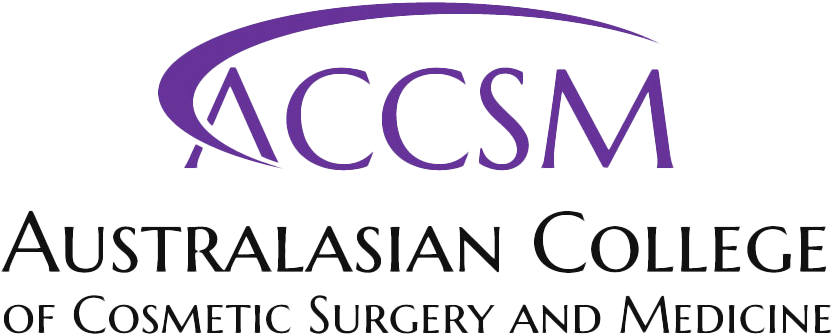What Happens During a Breast Augmentation?
The procedure involves implants being inserted beneath the breasts to enlarge them. The implant type and size depends on factors such as how much bigger you want your breasts to be, your breast anatomy, skin thickness and elasticity, and body type.
Where Do The Implants Go?
They can be placed between the breast tissue and the chest muscle, or behind the large chest muscle called the pectoralis major. Each position has its advantages and disadvantages. Dr Ying will be able to discuss all of these options in your consultation at Eydis Aesthetics.
CONTACT US TODAY
Please use the enquiry form below to start your cosmetic journey.

DR CHARLOTTE YING
Dr Charlotte Ying is a fully qualified, Australian-trained cosmetic surgery practitioner who graduated from the Royal College of Surgeons in Ireland with Honours degrees in Medicine, Surgery and Obstetrics. After completing her internship in Dublin, she relocated to Australia to further her career.
From $11,000
Includes surgical fee, anaesthetic fee, breast implants, post-operative compression garment, follow-up appointments for up to 1 year, and a post-operative recovery pack. All patients get complimentary PEMF treatments for bruising.
Additional costs include hospital fees.
Our team will provide you with an itemised total cost at your initial consultation, after Dr Charlotte Ying has reviewed and discussed your options with you.
What to expect after breast augmentation surgery?
- Breast augmentation surgery is usually done as a day case under general anaesthetic. Most patients can go home the same day with a support person.
- When you wake up after the operation you should have minimal pain as local anaesthetic will have been administered into the area. The anaesthetic lasts for about 6-12 hours.
- Pain/discomfort varies considerably from person to person. Medication to relieve pain will be prescribed.
- You will need to wear a surgical bra/garment for 6 weeks after surgery.
- There will be swelling and bruising after breast augmentation surgery. This will gradually subside with the help of garment compression.
- Most patients return to work after 10-14 days, depending on the nature of work.
- No lifting and no exercising for 4-6 weeks.
Possible risks and complications:
All surgeries carry risk. Although uncommon, it is important that all patients understand the possible risks and complications associated with breast augmentation surgery. These will be discussed in detail with you during your consultation with Dr Ying, and include, but are not limited to:
Bruising, swelling, pain, deep vein thrombosis, pulmonary embolism, asymmetrical results, seroma, skin loss, skin loosening, haematoma, wrinkling/rippling of implants, infection, changes in sensation, poor scarring, nerve damage, wound breakdown, allergic reactions, stroke and/or heart attack, atelectasis, capsular contracture, deflation/leak/rupture of implants, calcification, implant movement, animation of muscle, extrusion, migration/dropping of implants, breast ptosis, symmastia, double bubble, snoopying of breast tissue, stretchmarks, explantation, breast implant associated-anaplastic large cell lymphoma, breast implant illness, and re-operation.

PLEASE NOTE
Any surgical or invasive procedure carries risks. Before proceeding, you should seek a second opinion from an appropriately qualified health practitioner.




